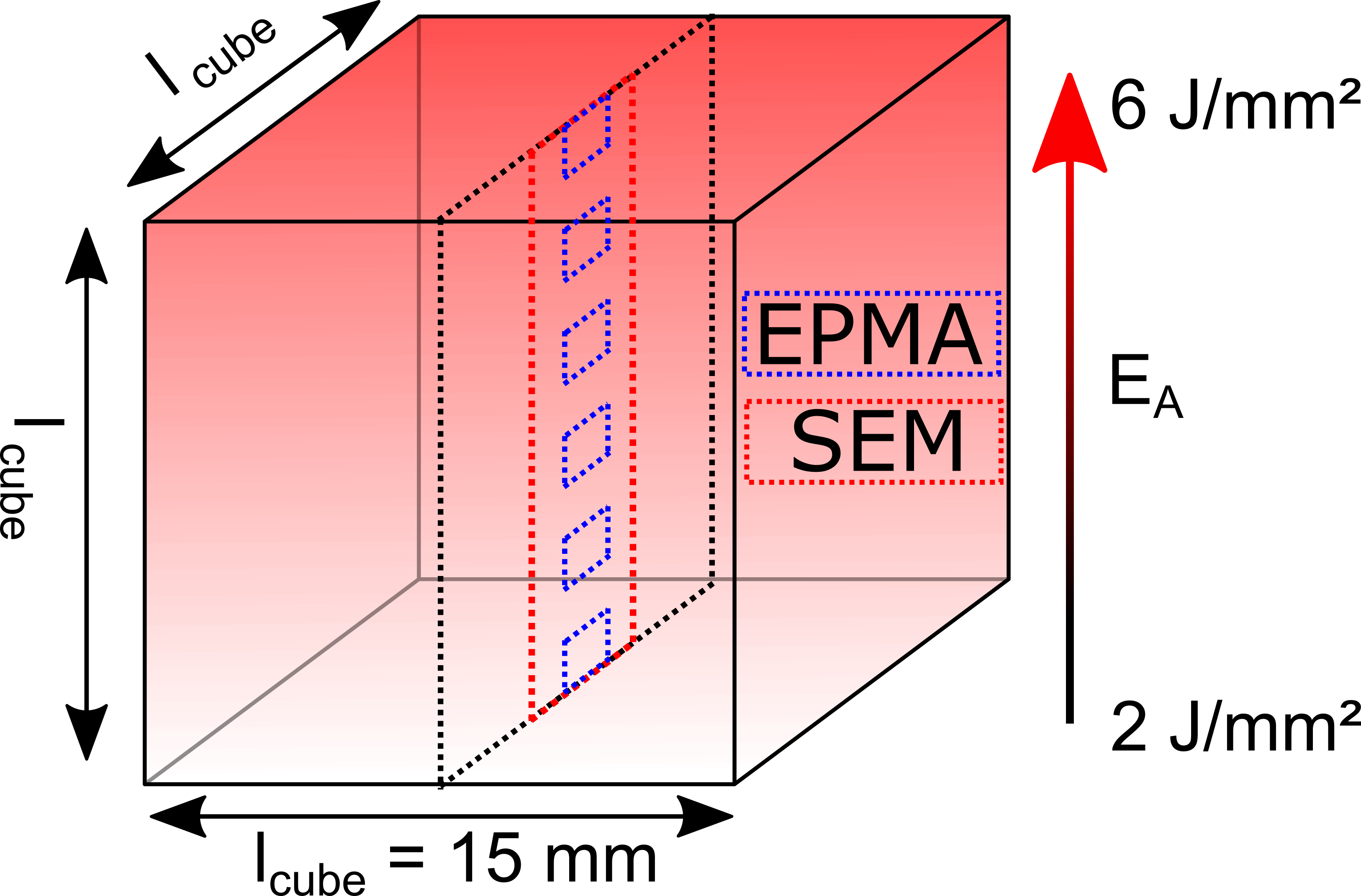Found 1 results
Article
09 April 2024Anisotropic Superelastic and Shape Memory Effect of Nitinol Manufactured by Electron Beam Powder Bed Fusion
This study explores the impact of energy input and build orientation on the anisotropic mechanical and functional properties of Ti-rich Nitinol (NiTi) produced via electron beam powder bed fusion (PBF-EB), integrated with layerwise in-situ monitoring of the melted surface via backscatter electron detection (ELO). NiTi, a binary alloy of nickel and titanium, exhibits shape memory and superelasticity, making it widely used in biomedical applications and sustainable technologies. PBF-EB, particularly with ELO, is highlighted for its advantages in producing crack-free NiTi with tailored microstructures. The investigation reveals that energy input significantly influences microstructure phases, with higher energy promoting increased evaporation of Ni and enhancing Ti-rich Ti2Ni precipitates, allowing for tailored material properties. Build orientation also proves crucial, impacting mechanical responses and functional properties. The 0° orientation yields the hardest mechanical response with the highest ultimate tensile strength (UTS) and the highest strain recovery ratio while the 45° orientation shows improved ductility but lower UTS. The influencing factors towards the formation of the anisotropic material properties are explained and the potential of tailoring the NiTi properties for specific applications by controlling energy input and build orientation in the PBF-EB process are underlined. These insights offer valuable criteria for designing innovative NiTi parts.
